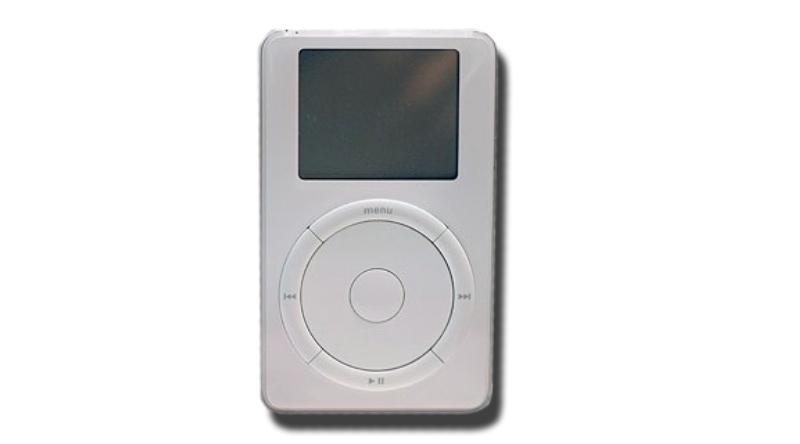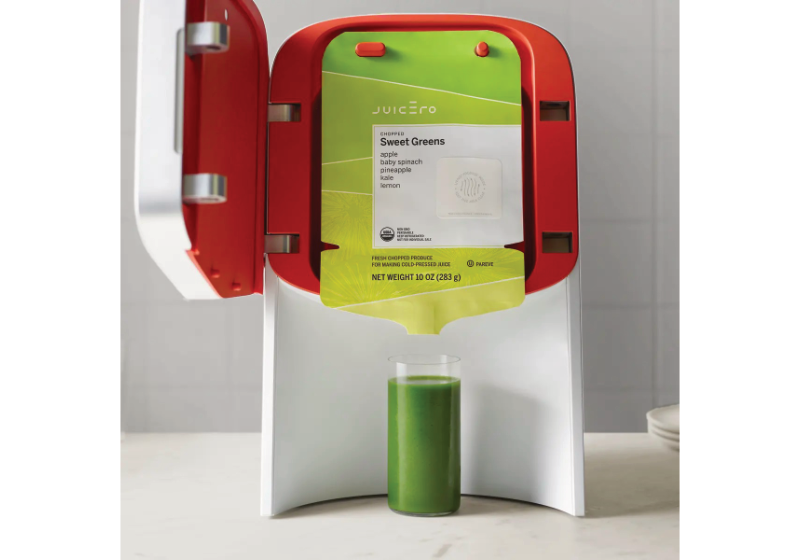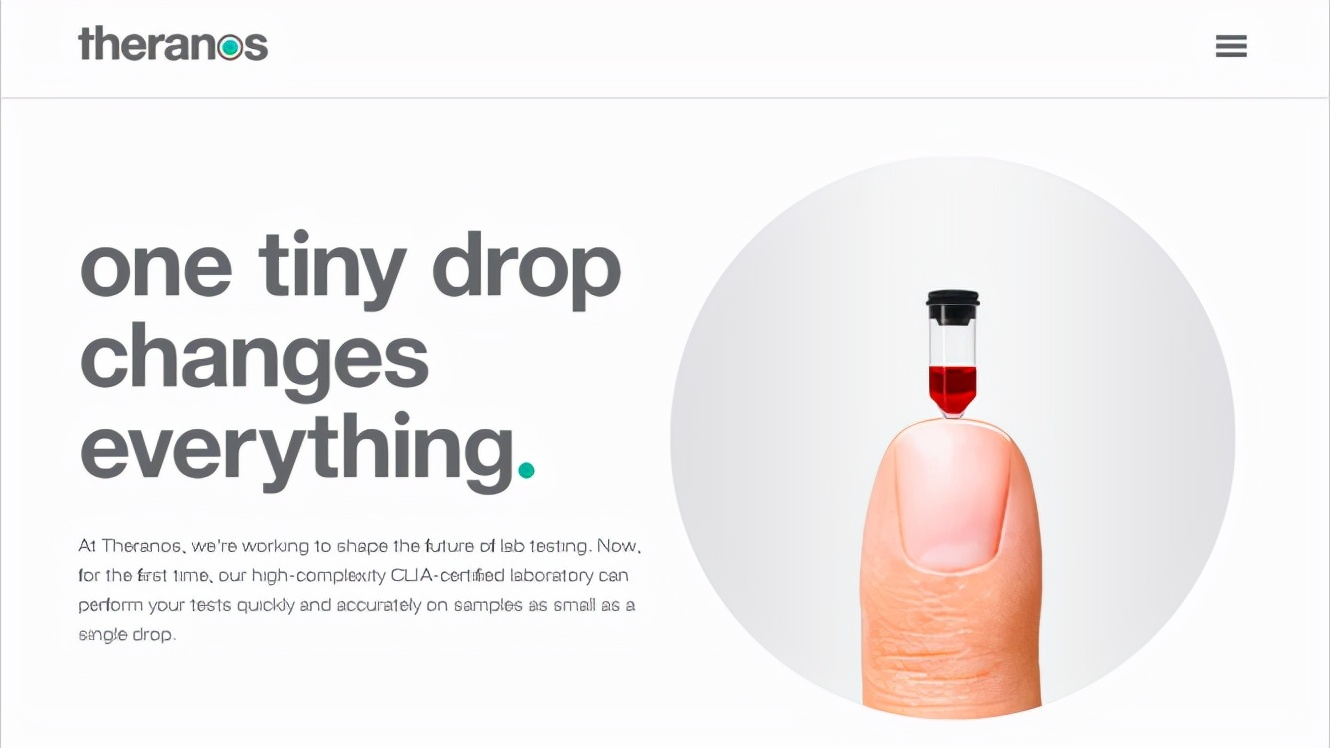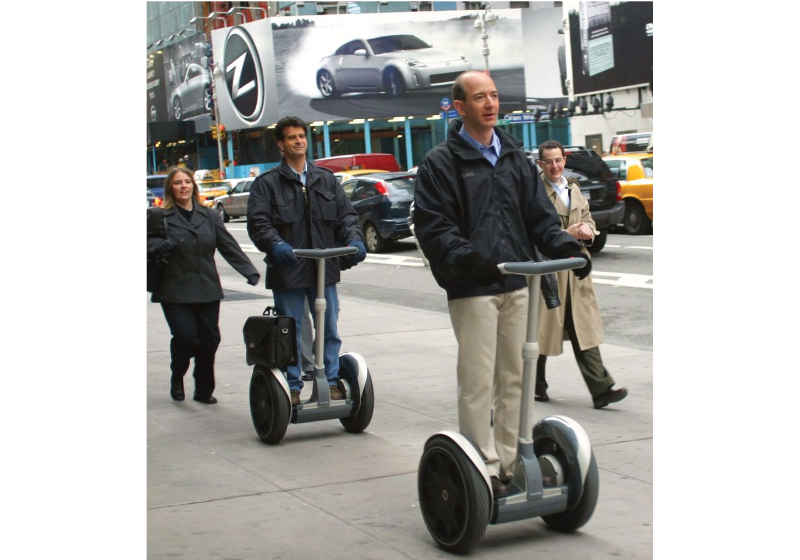Sustainable Product Framework
9-Jun-2022
Mid 2022 Apple announced the sunset of the iPod product line.

The iPod was an amazing product and that was central to returning Apple as a whole to a great product company. Its outwardly visible success makes iPod a good example of the intersection of the three essential qualities for any sustainable product, desirability, feasibility and viability.2
In the iPod case:
- Desirability - Customers bought a lot of iPods
- 400M iPods were sold from 2001 through 2014 at an average selling price of of ~$2103
- Feasibility - Apple did deliver an iPod that met customer expectations
- It had a beautiful industrial design with a novel user interface
- It carried a complete music library when other music players only carried a limited number of songs
- It played 10 hours of music on a single charge
- Viability - iPod products produced a healthy business for Apple3
- Five years after introduction Apple was reporting an operating profit of 13%, up from 0% in 2002 and iPod sales made up 40% of total revenues
- Revenues from 2002 to 2014 of the product totaled $67.5B
- At a speculated 30% average product operating margin, iPod returned more than $20B to the company over the product's lifetime
In the iPod case, we get to see the product's full history in hindsight. In the case of new product development, it is more typical for some or all of these qualities to be more speculative.
Desirability is the quality of being wanted or valued by the customer and is ultimately demonstrated in terms of product sales or net promoter score. In early product development those measures are not always available and desirability can be expressed as an analogy to existing products or argued from first principles.
In the iPod example, desirability was clearly demonstrated:
- Demonstration - 400M iPod units were sold from 2001 through 2014 at an average selling price of ~$2103
Other product desirability examples:
- Demonstration - Tesla's Cybertruck was pre-ordered 200,000 times in the first three days4
- Analogy - Lift is like Uber and should be a similarly attractive product for passengers
- First Principles - The customer's unmet need5 is occasionally creating round holes in wood or metal at home and the proposed hand drill product accomplishes this better than the alternatives
Feasibility is the quality of being competently produced. As with the other qualities, feasibility can be demonstrated directly, expressed as an analogy to existing products or argued from first principles. In the early phases of product development, feasibility can often be argued for some time while the design team works to produce a demonstration.
For the iPod in retrospect, the feasibility was demonstrated:
- Demonstration - The first generation iPod demonstrated a 1000 song capacity and 10hr battery life
Other product feasibility examples:
- Demonstration - The SpaceX rocket has demonstrated lifting a Tesla Roadster sized payload out of orbit towards Mars
- Analogy - Apple will release a smart watch that will be similar to an iPod Nano in construction
- First Principles - The Nikola fuel cell truck should be able to move on its own according to calculations of fuel cell output and drivetrain specifications
Viability is the quality of lending life to a business and, in financial terms, means producing a net profit for the business. As with the other qualities, viability can be demonstrated directly, argued by analogy or argued from first principles. It is common for new products to lose money in the early part of their lifecycle but in the long term the product must make money for the business to be viable.
For the iPod in retrospect the viability was demonstrated:
- Demonstration - At a speculated 30% average product operating margin, iPod returned more than $20B to the company over its lifetime
Other product viability examples:
- Demonstration - This product is already selling for $100 and producing a net profit of $10 with strong demand
- Analogy - This product is similar in price and cost to the Nespresso product which earns a strong profit
- First Principles - A pricing analysis has shown that customers should value this new product at $100 and we calculate that we should be able to deliver it with a net margin of $10
Unsustainable Product Ideas
The value of this framework is that it clearly illustrates how sustainable products must exist at the intersection of all three qualities. One or two qualities may be enough to frame an idea worthy of investigation or venture funding, however, they are not self sustaining without further development.
Below I will provide examples of well known cases where a product struggled to find the intersection of all three qualities. It is important to emphasize that I believe product innovation usually carries some risk and that it can be too easy to criticize new ideas while still in their infancy. My goal is to build a shared vocabulary and to offer ideas for avoiding similar situations, not to criticize the creators for making the attempt.
Charity
Charity products are desirable and feasible but not viable. If a business is not able to produce enough money to fuel its own existence, it will either raise money forever, a charity, or shut down.
Charity Example: Juicero Fresh Pressed Juice

In 2016 Juicero Introduced its first Countertop Cold-Press Juicing System.6 "The "Farm-to-Glass" system delivered raw, organic fruits and vegetables to your doorstep for juice in the moment, without prep or cleanup."
- Desirability - The Juicero management team reported that customers wanted a fresh juice option at home, and that the Juicero product system conveniently produced juice that tasted great
- Feasibility - The Juicero Press and Packs worked well to produce a high quality experience for customers
- Viability - This is where Juicero seems to have struggled. The company charged $699 for the Juice Press and $5-$7 for each Juice Pack which turned out to be higher than the willingness to pay for enough customers to yield a sustainable business.
Ultimately in 2017 Juicero shutdown after raising a little more than $100M.
For a great presentation on the manufacturing and positioning of the Juicero products, check out this article by the hardware focused startup incubator BOLT.
Charity Product Avoidance Strategy
If you find yourself in this situation and don't want to produce a charity, either find a way to charge more by focusing on a segment that values your product highly, or find a way to lower your cost structure to deliver a product that meets the user need while also returning some profit to the business. To do this well, make sure you deeply understand the business structure, user need and intrinsic product cost drivers to facilitate the right tradeoffs.
In the above example the Juicero product was not viable because it did not generate enough sales at its offered price to sustain the business. Hypothetically, had the team seen great buying behavior at half the price, then the product team could have re-cast the design effort as a feasibility problem to solve by reducing the cost of goods. The goal is for the product to ultimately be in the intersection of all three qualities before the business runs out of operating capital.
Fantasy
Fantasy products are desirable and viable but not feasible. Promising sounding ideas that make money in principle but are not feasible will ultimately fail to meet customer expectations and sales goals. The money losing business may continue to run for a while but it will shut down eventually unless the product can be made to deliver on its promises.
Fantasy Example: Theranos Edison

Theranos was founded in 2003 and was advertised as changing health care by lowering costs of preventive blood testing and eliminating the need for dozens of blood samples and associated needle sticks.
- Desirability - According to public partnerships with Safeway and Walgreens, the Theranos blood test service was desirable for their customers
- Viability - In this case, according to the business model of the company, Theranos should have been profitable had it been able to deliver on its promise of accurate small sample blood tests
- Feasibility - John Carreyrou in his book Bad Blood makes the case that the Theranos Edison product never met a large number of its product claims
In the early years Theranos offered a very compelling product vision and did a great job with marketing. Unfortunately for a huge number of deceived customers, the product itself ultimately was a fantasy and did not deliver on most of its product claims.
Ultimately Theranos shut down in 2018 after raising more than $1.4B.7
Fantasy Product Avoidance Strategy
If you find yourself in this situation, either invest more heavily in advanced development to create something that does not currently exist or find a way to relax the product requirements so that they become more feasible while still offering something customers are willing to pay for. To do this well, one must deeply understand the first principles constraining the product design as well as the nuanced details of the unmet need and customer willingness to pay to facilitate the right tradeoffs.
Dud
Dud products are feasible and viable but not desirable. Products that can be produced at a profit in theory but are not purchased by customers will be shut down eventually unless they can find a new customer segment that is willing to pay for the product. These kinds of product concepts arise when the business has a technology but is not sure what customer need it solves or when the product concept solves a problem in a way that is not desirable to the customer.
Dud Example: Segway Personal Transporter

The Segway Personal Transporter was announced in 2001 and first shipped in 2002 after being developed over the course of approximately 10 years.8
- Feasibility - The company was able to demonstrate products that met the proposed requirements
- Viability - The company believed that at the predicted demand the Personal Transporter would be profitable
- Desirability - In the end, the size and weight of the Segway were a barrier to adoption as it proved too difficult to get into and out of a car trunk or to take along while using public transportation. Additionally customers sometimes found controlling the device difficult and could crash while learning.
While the product did see some success in niche markets it never lived up to it goal of being the "Ultimate Urban Transport." Segway had originally planned to sell as many as 100,000 units in the first 13 months but the company only sold around 140,000 vehicles ever.9 In 2009, the company was sold to Jimi Heselden and later in 2015 Segway was acquired by its competitor, Ninebot. In 2020 after several product iterations, the Segway Personal Transporter product line was shut down and replaced by a more conventional electric two wheeled scooter product line.8
Dud Product Avoidance Strategy
If you find yourself in this situation, invest in deeply understanding the universe of customers and the problems they are trying to solve. It is essential to not be overly general with this exercise. Ask yourself, what is the context of their unmet need? How will success be measured? What are the root causes of any barriers they are facing today?
At the same time it can also be helpful to network very broadly to gather the most diverse set of ideas for potential applications. An example of successful networking was Toshiba and their new tiny 1.8" 5GB disk drive in the year 2000. Toshiba could make the drive, but they were not sure what products could benefit the most from the drive's features. In the process of networking they connected with Apple who licensed the technology10 and the result turned out to be one of the most successful products of all time, the Apple iPod. The tiny high-capacity drive enabled the iPod to carry a complete music library at one time when other music players only carried a limited number of songs.
Conclusion
I have found this mental model and vocabulary for the three essential qualities of a successful product to be a helpful tool for evaluating new product development and communicating where to focus the attention of the design team. I hope you do too.
Acknowledgements
Special thanks to Federico Barbagli, Johanna Kleingeld and Will Long for reading and commenting on drafts of this essay.
-
The original uploader of this image was Rjcflyer@aol.com at English Wikipedia and licensed CC BY 2.5 ↩
-
This framework was first introduced to me by the design firm IDEO ↩
-
The best first principles desirability statements will include more context including a customer description, an environment description, innovative workarounds, known barriers or constraints and specific measures of outcomes. This is a summary for simplicity.
The Job to be Done framing for unmet needs or desired customer outcomes is another helpful way to frame desirability from first principles. ↩
-
According to Walter Isaacson in his book "Steve Jobs" ↩



